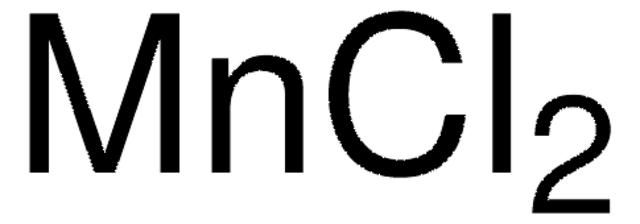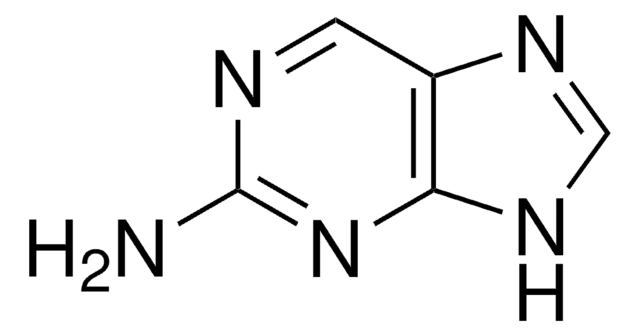Wichtige Dokumente
V800247
Mangan(II)-chlorid
AR, ≥99%
Synonym(e):
Mangandichlorid, Sacchit
About This Item
Empfohlene Produkte
Qualität
AR
Produktlinie
Vetec™
Assay
≥99%
Form
crystalline powder
pH-Wert
5.0-6.0 (5%)
mp (Schmelzpunkt)
652 °C (lit.)
Dichte
2.98 g/mL at 25 °C (lit.)
Anionenspuren
sulfate (SO42-): ≤0.005%
Kationenspuren
Ba: ≤0.01%
Ca: ≤0.03%
Cu: ≤0.0005%
Fe: ≤0.0005%
K: ≤0.01%
Mg: ≤0.005%
Na: ≤0.05%
Ni: ≤0.002%
Zn: ≤0.005%
heavy metals (as Pb): ≤0.0005%
SMILES String
Cl[Mn]Cl
InChI
1S/2ClH.Mn/h2*1H;/q;;+2/p-2
InChIKey
GLFNIEUTAYBVOC-UHFFFAOYSA-L
Suchen Sie nach ähnlichen Produkten? Aufrufen Leitfaden zum Produktvergleich
Rechtliche Hinweise
Signalwort
Danger
H-Sätze
Gefahreneinstufungen
Acute Tox. 3 Oral - Eye Dam. 1 - STOT RE 2
Zielorgane
Brain
Lagerklassenschlüssel
6.1D - Non-combustible acute toxic Cat.3 / toxic hazardous materials or hazardous materials causing chronic effects
WGK
WGK 2
Flammpunkt (°F)
Not applicable
Flammpunkt (°C)
Not applicable
Hier finden Sie alle aktuellen Versionen:
Analysenzertifikate (COA)
Die passende Version wird nicht angezeigt?
Wenn Sie eine bestimmte Version benötigen, können Sie anhand der Lot- oder Chargennummer nach einem spezifischen Zertifikat suchen.
Besitzen Sie dieses Produkt bereits?
In der Dokumentenbibliothek finden Sie die Dokumentation zu den Produkten, die Sie kürzlich erworben haben.
Unser Team von Wissenschaftlern verfügt über Erfahrung in allen Forschungsbereichen einschließlich Life Science, Materialwissenschaften, chemischer Synthese, Chromatographie, Analytik und vielen mehr..
Setzen Sie sich mit dem technischen Dienst in Verbindung.




